
Not all childhood stories were made up just to pass the time. Some came from newspaper clippings, others from neighbors who swore they saw something. Over the years, those tales changed shape, but their origin stayed the same. This list explores 20 creepy legends that children heard, and history confirmed disturbingly.
The Hookman
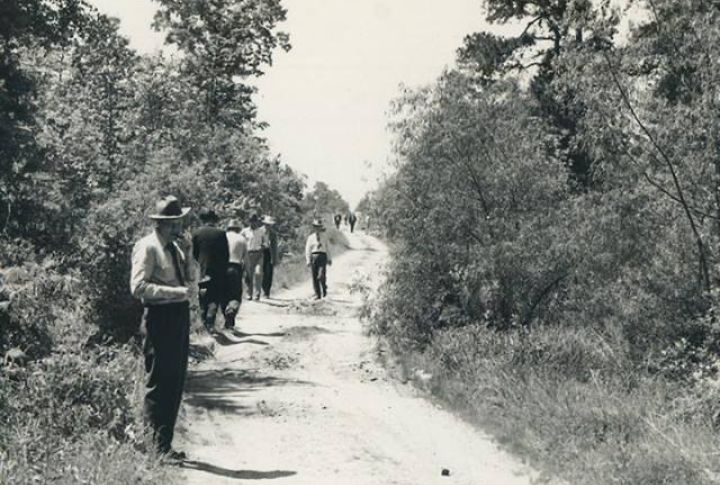
In 1946, a masked killer attacked couples parked in isolated spots around Texarkana. The unsolved “Moonlight Murders” triggered widespread panic. Over time, warnings to teenagers evolved into the Hookman legend, a figure with a prosthetic hook who stalks lovers’ lanes. The legend grew, but its roots remain criminally real.
Bloody Mary
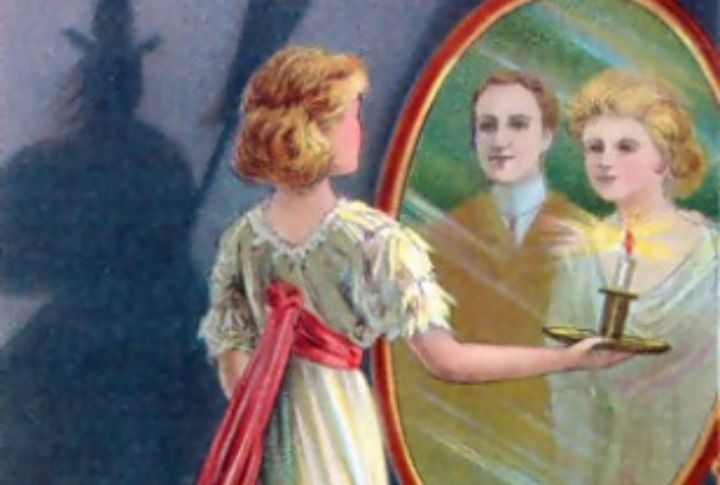
Bloody Mary, a mirror-summoning ritual, may stem from Queen Mary I’s violent reign or older divination practices to see future husbands. While the royal connection is speculative, the tradition of staring into mirrors for supernatural answers dates back centuries and was later twisted into something far darker by children.
The Crying Boy Painting
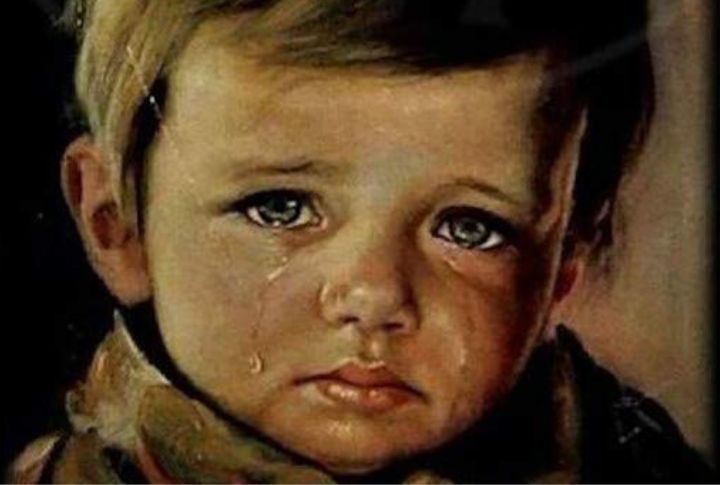
In the 1980s Britain, reports emerged of homes burning down, yet a mass-produced painting of a crying boy was always found untouched. Firefighters noticed the pattern. Though the paintings were real and fire-resistant, the tale spread among schoolchildren and tabloids alike and turned an eerie coincidence into a cursed object legend.
La Llorona
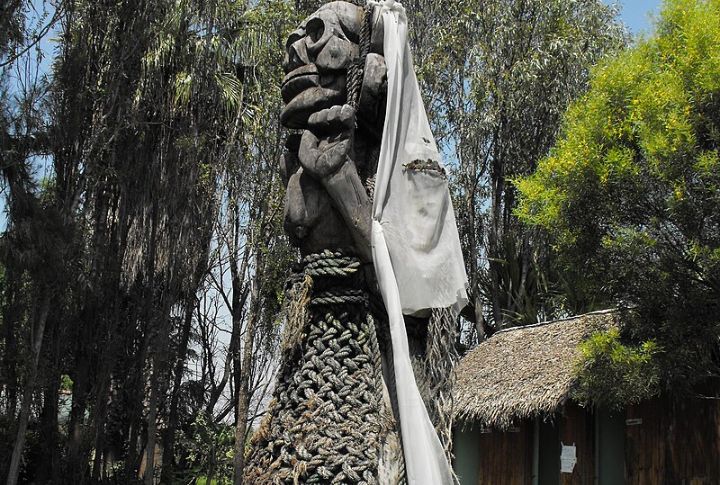
Generations of children across Latin America grow up fearing La Llorona, the ghost of a weeping woman said to drown wandering children. While the tale varies, it’s often linked to real cases of maternal filicide throughout history. One 1986 Texas case eerily mirrored the legend.
The Poisoned Halloween Candy

The fear of poisoned Halloween candy began in 1974 when Ronald O’Bryan gave his 8-year-old son a cyanide-laced Pixy Stix, resulting in the child’s death. He planned to collect life insurance money. No strangers ever did the same, but the myth still lingers today.
The Elevator Game

Pressing elevator buttons in a precise sequence to access another realm sounds like fiction. However, in 2013, Elisa Lam was filmed behaving strangely in a hotel elevator. Days later, her body was found in a rooftop water tank. No evidence directly links to the ritual. Still, the timing cemented its place.
Cropsey Urban

New York kids feared a boogeyman named Cropsey, rumored to kidnap children. The legend turned disturbingly real in the 1980s when Andre Rand (a former Willowbrook State School employee) was convicted in connection with child disappearances. The myth had grown around a predator hiding in plain sight.
Resurrection Mary
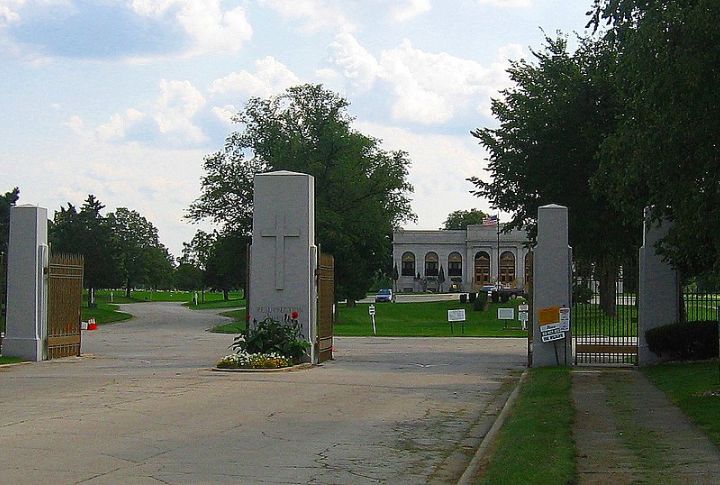
Since the 1930s, Chicago drivers have claimed to pick up a young woman in white near Resurrection Cemetery, only for her to vanish en route. Many link the story to Mary Bregovy, killed in a 1934 crash, or Anna Norkus, who died in 1927 at age 12. Both died near Archer Avenue.
The Mothman
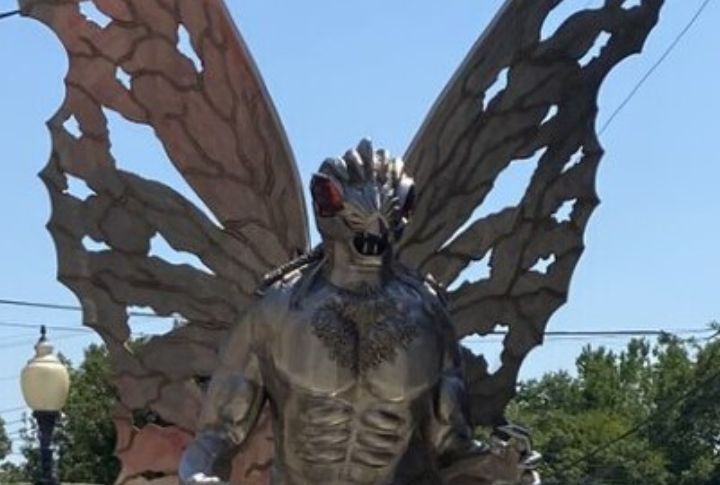
Starting in 1966, dozens reported seeing a man-sized creature with wings and red eyes in Point Pleasant, West Virginia. One year later, the Silver Bridge collapsed, killing 46. Locals connected the sightings to the disaster. The Mothman became a permanent part of regional folklore, backed by real death.
The Boogeyman
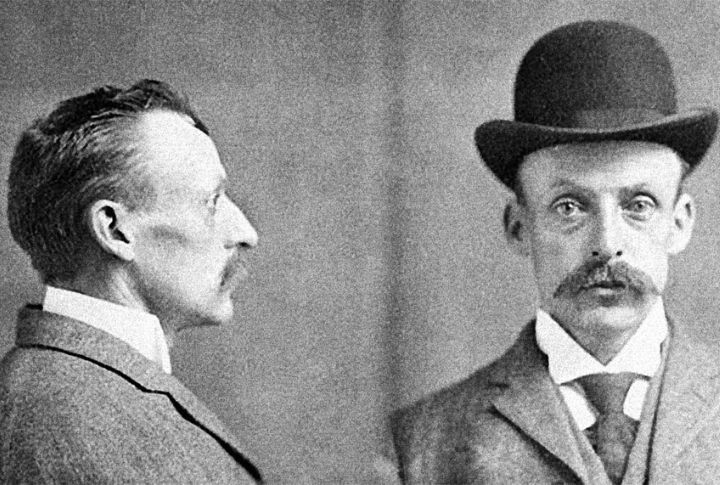
Albert Fish was arrested in 1928 for the death of a young girl in New York. The press called him the real-life boogeyman in 1928. His crimes were so disturbing that they shaped parental warnings for decades, which gives the myth of a child-snatching monster a horrifying anchor.
Charlie No-Face

In early 1900s Pennsylvania, Ray Robinson suffered severe facial injuries after touching a trolley wire. Over time, exaggerated rumors turned him into a glowing, ghostly figure haunting a freight tunnel. In reality, Charlie No-Face was simply a man marked by a tragic childhood accident.
The Bunny Man
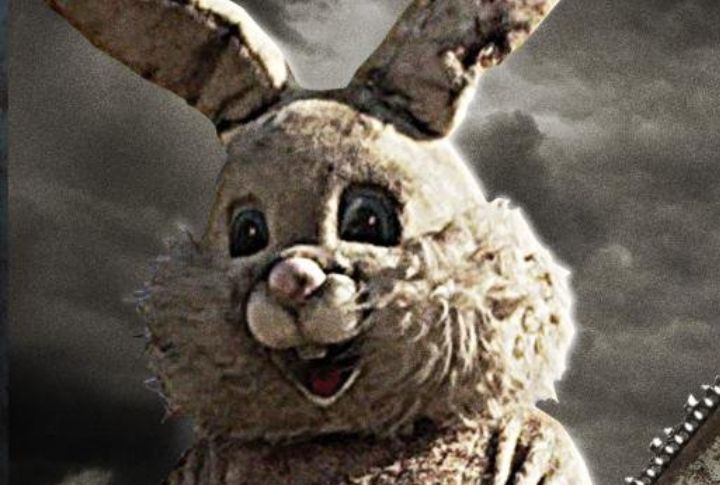
In 1970, reports emerged in Fairfax County, Virginia, of a man in a bunny suit threatening people with an axe near a bridge. Police documented the encounters. No one was arrested, but the sightings evolved into a campfire tale about an escaped convict and turned a brief panic into lasting folklore.
The Shadow In The Closet

Children’s fear of dark closets isn’t irrational. In several real cases, like the 2002 abduction of Elizabeth Smart, kidnappers hid inside homes and waited for the right moment. These incidents gave weight to childhood warnings about keeping closet doors shut and checking for shadows that might not be imaginary.
The Axeman Of New Orleans
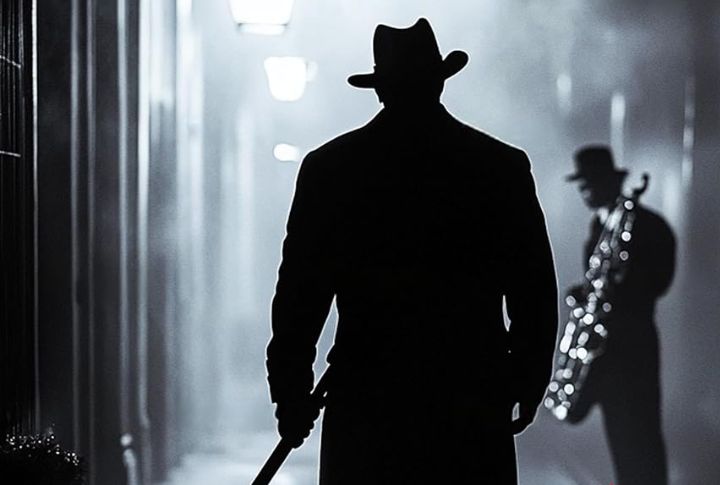
Between 1918 and 1919, the Axeman terrorized New Orleans, attacking people with an axe. He was never caught, and the fear around his identity fueled a series of eerie urban legends. The killer sent a letter to a local newspaper urging people to play jazz music to avoid becoming his next victim.
The Sewer Alligators

In 1935, teenagers in Harlem pulled a seven-foot alligator from a New York City manhole. The story ran in the New York Times. Though sensational, it was true. The event sparked generations of myths about mutant reptiles living below the streets and blended fact with exaggeration in every retelling.
The Black-Eyed Children
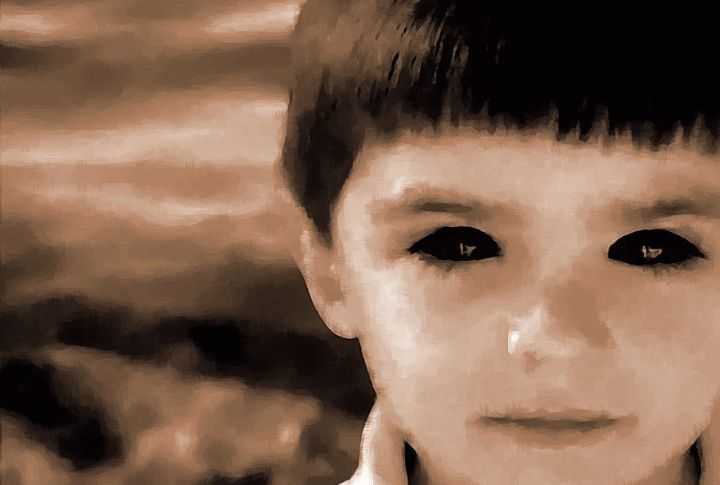
The legend of the Black-Eyed Children, often said to date back to the 1980s, likely began with Texas reporter Brian Bethel’s 1996 account. His eerie encounters, shared online, gained viral attention and helped launch a lasting urban myth—even as the true origins remain debated.
Killer In The Backseat
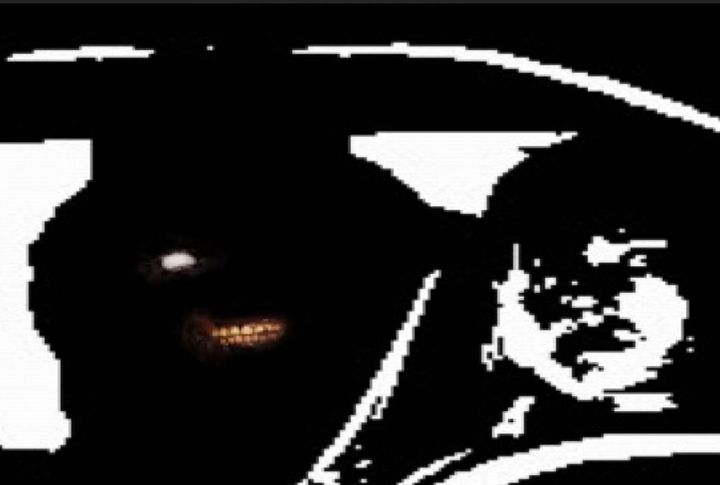
A widely told legend describes a passerby honking to warn a driver about someone hiding in the backseat. While versions reference a 1964 New York case, no specific incident is verified. Similar intrusion reports (especially in 1980s Maryland) helped shape the myth into one of the most retold urban fears.
The Pied Piper
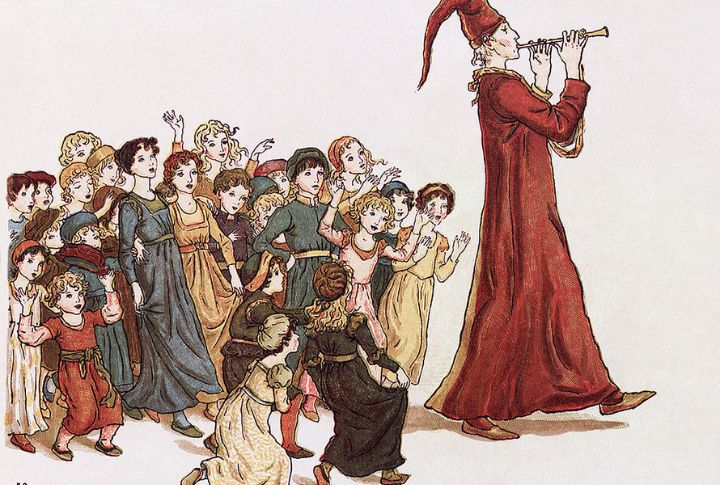
In 1284, Hamelin, Germany, reportedly lost 130 children. Town records mention the event without explanation. Later stories added the piper and betrayal. Historians debated the cause, but the disappearance was real. The fable grew from a chilling gap in the historical record.
The Real Krampus

Long before malls had Santas, Alpine villages warned children of Krampus. Half-goat, half-demon, he punished the misbehaved. The figure’s origins predate Christianity, likely tied to pre-Germanic pagan rites. The Catholic Church tried suppressing him, but the tradition survived because of the fear.
The Bell Witch
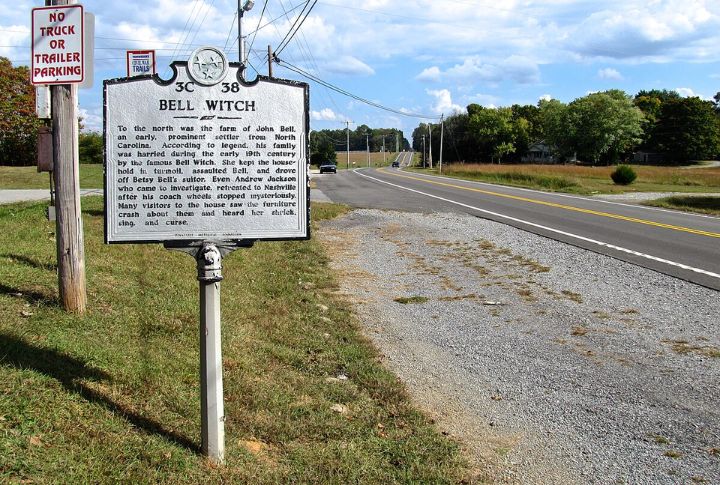
In the early 1800s, the Bell family of Tennessee revealed poltergeist-like activity: knocks, whispers, and a violent spirit they blamed for John Bell’s mysterious passing. Their story became the Bell Witch legend, later retold in schools and campfire stories. It’s debated, but early records and affidavits suggest something unexplained truly terrified them.

